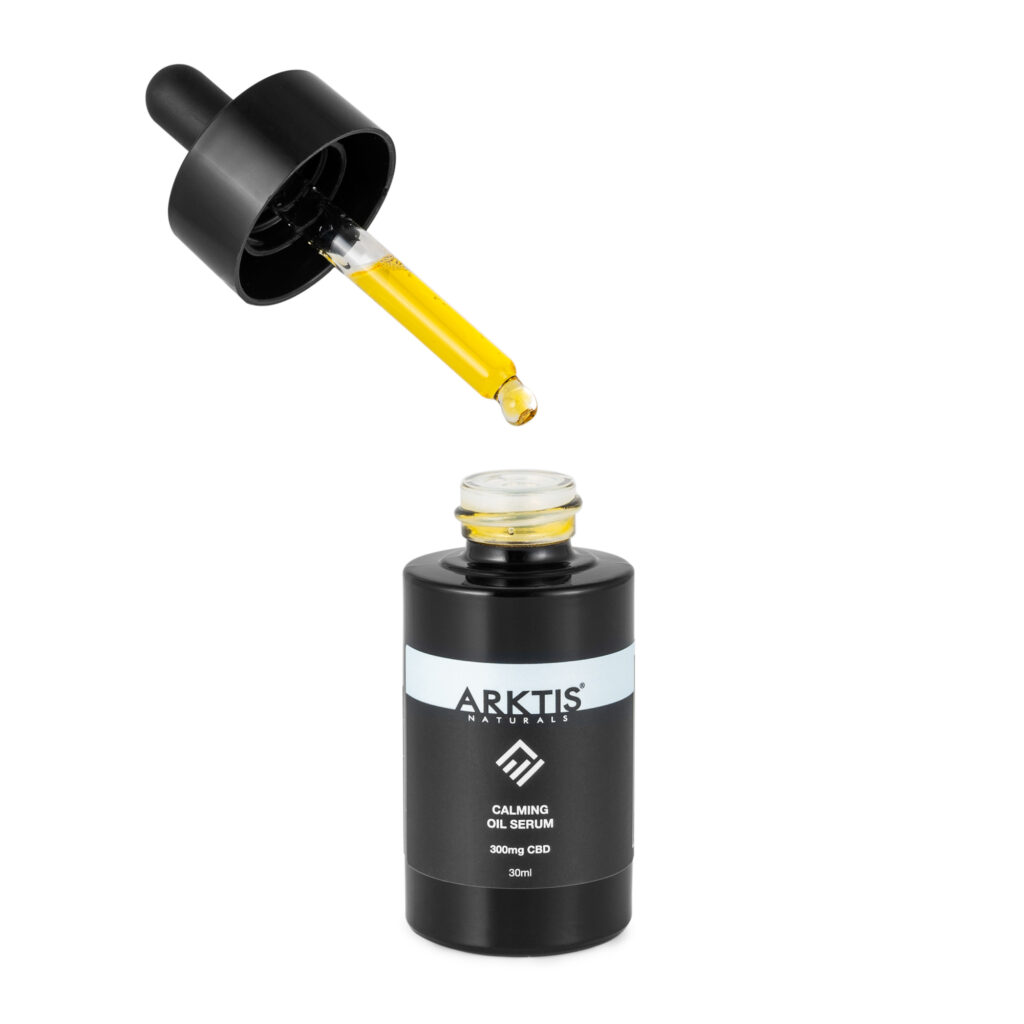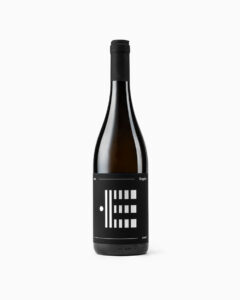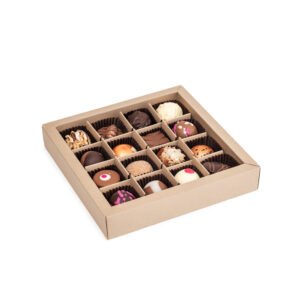Product photography has a strong influence on the first impression. The key is to choose the right technical approaches to product photography that will allow you to present the product in the best light. Whether it's for an online store, catalog or marketing material, the basics of product photography are essential to achieving professional and visually appealing photos.
Read on which are the most important basics for good product photography.

Preparation of Products
Quality photography starts with good and thoughtful product preparation. Before starting make sure the products are flawless, cleaned and in the best possible condition. Remove any stains, scratches or dust that might reduce the appeal of the product. This will save you a lot of time in post production. Also consider accessories, which could help to present the product and its features.
Lighting
Lighting is key in producing good product photography. Natural light is often the best choice when you are new to artificial lighting, as it provides soft and even lighting. Shooting close to a window or outdoors in cloudy weather is a great way to achieve natural and attractive lighting. If you use artificial light, make sure the light is evenly distributed and doesn't create harsh shadows.

Use a tripod
Camera stability is crucial for clear and sharp photos. Using a tripod allows you to precisely adjust the frame and prevents camera shake during shooting. In product photography, you can small camera movements cause loss of focus or inconsistency between product photos.

Camera and Lens choices
Successful product photography does not necessarily require professional equipment, however the choice of camera and lens can affect the quality of the shots. A macro lens is a great choice for capturing fine details while a lens in the range of 50 mm enables the capture of the entire product in one shot.
It is important that you choose a camera with sufficient resolution to preserve details. Be careful when using wide-angle lenses, as these will distort the photo, which will not reflect the actual visual image of your product. We recommend choosing a full-frame camera with at least 24 megapixels and a 50-105mm lens for best results.
Composition
Composition is a key element that determines how the products will be displayed in the photo. Follow the rule of thirds by dividing the frame into nine equal parts and placing key product elements at the intersections of these lines. Experiment with different angles, to create dynamic and interesting compositions.
Background selection
The background has a significant impact on the final image of the photo. A common choice is a white background, which highlights the product and allows easy clipping for use on websites or in catalogs. You can also experiment with other colors, textures or background patterns. We recommend choosing paper studio backdrops for best results.
Highlight Details
Details will make your product unique. Use a macro lens or zoom function, to capture the fine textures, patterns and features of the product. This will allow consumers to see the product in detail, which can help build trust.
Post production
Photo editing is a crucial step in product photography. Editing programs like Adobe Photoshop allow you to fundamentally adjust the exposure, contrast, color, and sharpness of your shots. You can also make corrections, such as removing any blemishes or adjusting the background. Ohranite ravnotežje med urejanjem, da posnetki kljub urejanje še vedno izgledajo naravno in realistično.
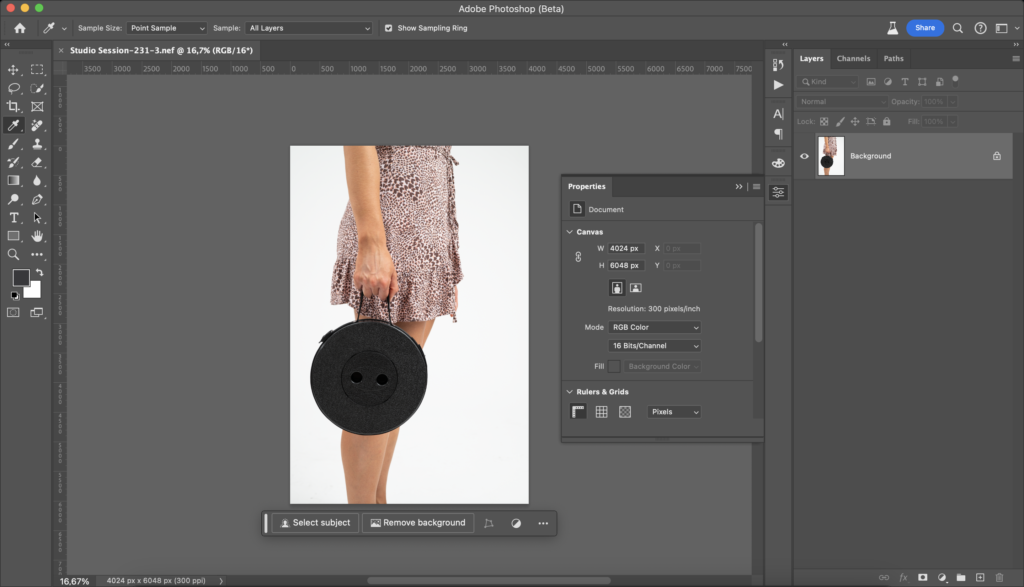
Consistency and Style
Your product photos should be in the style of your brand. Consistency is key to creating a professional look, so stick to similar lighting, composition and editing techniques. This will contribute to brand awareness and ensure that the products are presented in a recognizable way.
Checking on Different Screens
Colors and details of photos may appear differently on different screens. Check photos on several different devices before posting, in different lighting conditions and environments. This will ensure that your products are attractive and high-quality on all devices, which is key to reaching a wider audience.
Test Different Approaches
Product photography requires experimentation and testing different techniques and approaches. Experiment with different lighting, compositions or backgrounds to discover what works best for your products. This will give you valuable knowledge and experience to find out what attracts your target audience.
Education and Continuous Learning
Product photography is constantly changing, so it is important to stay informed about new trends, techniques and tools. Join online communities, read articles and watch tutorials. Constantly education will help you upgrade your skills and create better product photos.
Summary
Product photography requires careful planning, attention to detail, technical know-how and the use of the right equipment. With the right approach, choice of lighting, use of a tripod, composition and editing (post production), you will be able to create exceptional shots.
With a good foundation in the basics of product photography, you will be able to present your products in the best possible way, increasing the interest of your target audience.
Prepared for Produktna Fotografija: Miha Šubic
